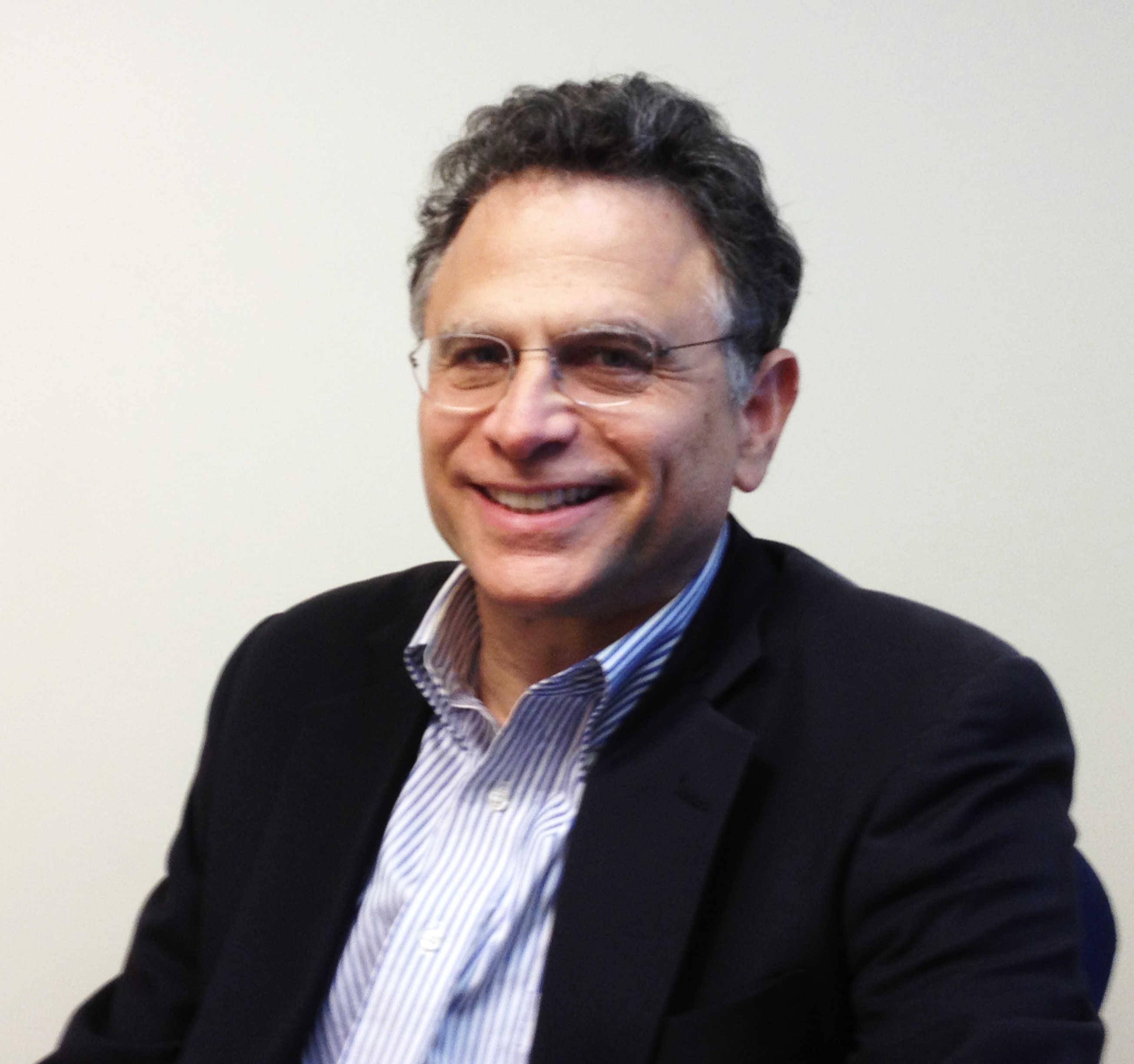Japan is still the third largest medical device market in the world, after the United States and China. Many global device companies have established good businesses there and are making good profits.
Foreign device companies need to determine the demand for their product in Japan. Westerners asking Japanese key opinion leaders (KOLs) questions about their product in English will usually not work. Japanese people are very polite and may say nice things about your product, but this does not mean there is an opportunity. All market research has to be very well thought out and done by Japanese professionals. If demand exists, it is crucial to quantify that demand accurately, at the pricing you need.
While registering your device in Japan is not easy, it can certainly be done. Registration requirements include submittal of a dossier (including a STED), applications for foreign manufacturing (FMR) and QMS, and in some cases, a local clinical trial study. Foreign clinical data, done under the Japanese GCP guidance can sometimes suffice. It is also helpful to include information about clinical studies involving Japanese patients that were conducted outside of Japan.
Device classification in Japan is determined by JMDN codes and classification codes. JMDN codes are regulated and based on Global Medical Device Nomenclature. Classification codes are from 1–4, with 1 being the lowest risk, and 4 being the highest risk. Sometimes, if classifications are not clear, you can have a meeting with the local metropolitan government. For most foreign device manufacturers, this is often the Tokyo Metropolitan government.
Registration paths in Japan vary. Class 1 product registration only requires notification, while all Class 2 and some Class 3 products require approval from a notified body. Risky Class 3 and Class 4 devices must be approved by the PMDA. For medical devices, there are PMDA consultation meetings to get more feedback on the best regulatory strategy and determine if local clinical trials will be needed for approval. The first PMDA consultation is free, but usually little is learned except which next PMDA consultation is needed next. Additional PMDA consultation meetings include: 1. A pre-submission meeting, 2. A pre-development meeting, 3. A meeting to discuss the need for a clinical trial, etc.
As in most overseas markets, you can register in Japan via a Japanese distributor, your subsidiary office in Japan, or through an independent third-party. An independent third party can act as your Designated Market Authorization Holder (DMAH) or your Market Authorization Holder (MAH). In general, if you do not have an office in Japan, independent registration (separate from your distributor) is best if the device manufacturer can afford it. Independent registration includes 3 main service fees: 1. A service fee to do the dossier, submit the application, and do a FMR and QMS application, 2. A monthly MAH or DMAH fee to be your local agent and deal with PMDA issues, and 3. A warehouse fee to store your products in Japan so a quality check can be done before they are released to the Japanese market. In addition to these service fees, there will be government and translation fees too. If your product is software and is not physically shipped to Japan, a storage fee will not be necessary.
Generally, independent registration only makes sense if future annual sales in Japan are more than $1 million. For independent registration, you will need a local company to submit your dossier and other requirements, liaison with the PMDA, etc. The local company can either be a MAH or DMAH. The difference between these two are as follows. The MAH is the owner of the registration (holding it for the foreign device companies) and with the DMAH, the foreign applicant is the owner of the approval. The key thing to know is that if you want to transfer your registration to another local entity in Japan, a MAH to MAH or DMAH to DMAH transfer is possible. However, in Japan, you are not allowed to go from a MAH to DMAH or vice versa.
As in all global markets, new Japanese regulations are coming out. Some of the new Japanese regulations include the following.
Software as a medical device (SaMD) is to be evaluated as a medical device if it is used to analyze patient data. Also, some SaMD products that address unmet needs may be able to utilize the “Sakigake” fast-track approval.
Also, now, new GMP inspections of medical device manufacturers can be carried out with no notice—whereas in the past, this was not allowed, and GMP inspections had to be scheduled.
A key factor that foreign device companies must consider upfront, instead of after the product is registered, is the Japanese reimbursement system. Everyone in Japan is covered by the national government healthcare insurance. With the exception of cosmetic procedures, if the device is not reimbursed, it generally will not sell. In fact, in Japan, it is “illegal” to pay out of pocket for medical devices or procedures, unlike the situation in many developed markets. Obviously, the big question is at current or expected reimbursement levels, can a foreign company sell there and make a profit? No foreign companies want to put in the time, energy, and money to register in Japan to later find out the reimbursement rate does not yield a profit.
Chuikyo is the Japanese government agency that allocates Japan reimbursement. Reimbursement is determined by product categories or foreign reference prices. Japan has the following reimbursement categories—A1, A2, A3, B1, B2, B3, C1, and C2. For A category products, the reimbursements are bundled and called technical service fees. For B category products, products are reimbursed according to functional categories. And for C category products, reimbursement is determined by new functions or both new functions and new technology. Almost all new or unique devices fall under the C category, and getting higher reimbursement here can be challenging and require strong health economic data and KOL support. Only 10–15 products received C reimbursement each year.
Foreign reference pricing involves looking at similar devices, and then their average prices in five major markets, including the United States, the UK, France, Germany, and Australia. Japan has a maximum reimbursement price of 1.3 times the unweighted average in these five markets. Thus, Chuikyo may decide to exclude one or more of the countries to compute the average price if the reimbursement in any one country is too high. For example, in some cases, both the United States and Australia reimbursements have been considered too high, and then the average will be determined from the 3 remaining countries only.
There are multiple factors in determining your strategy in Japan. Please do not overlook any of them!






